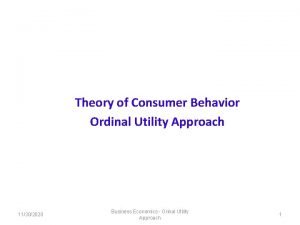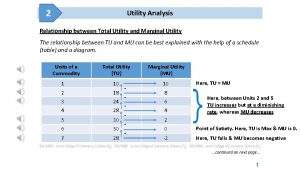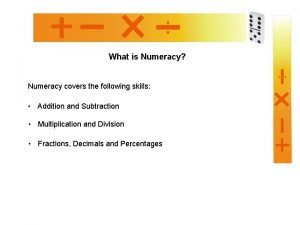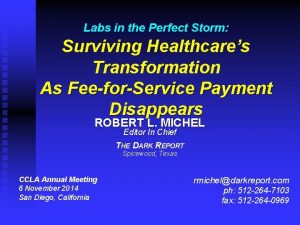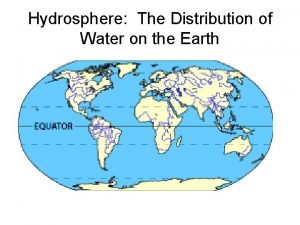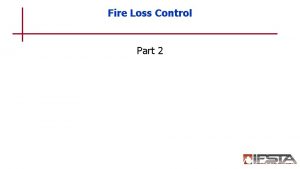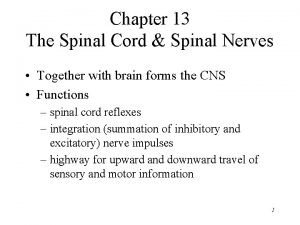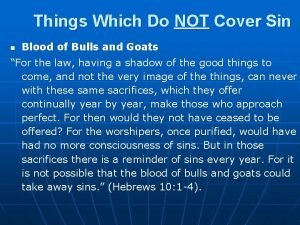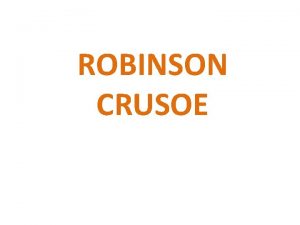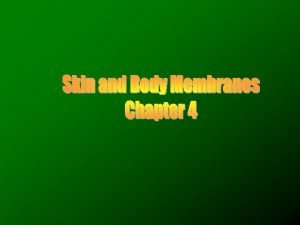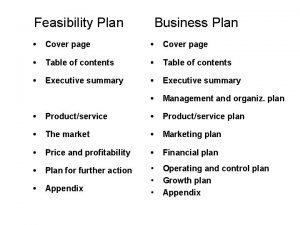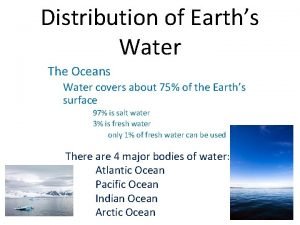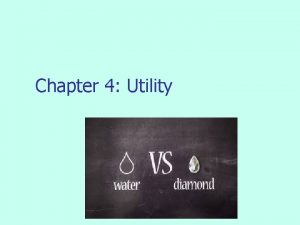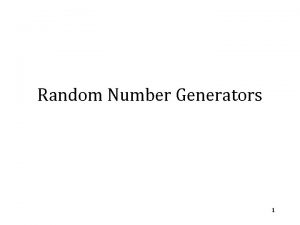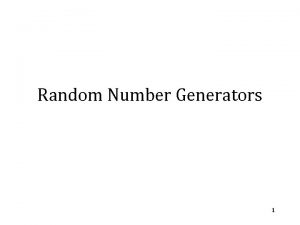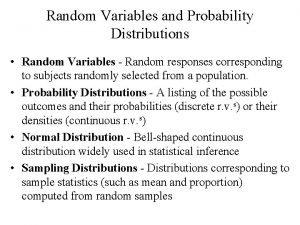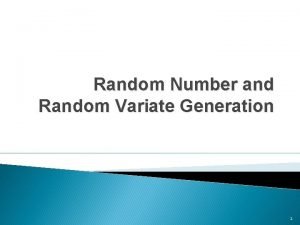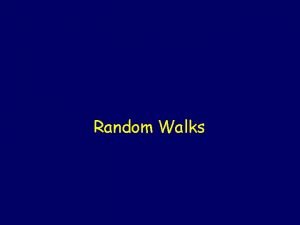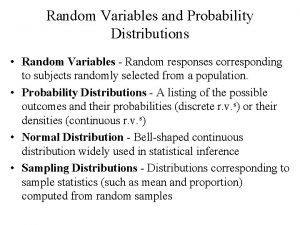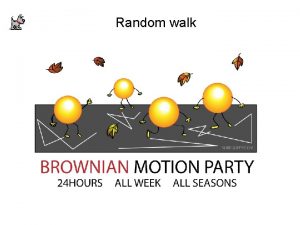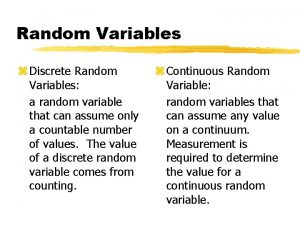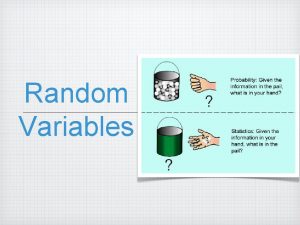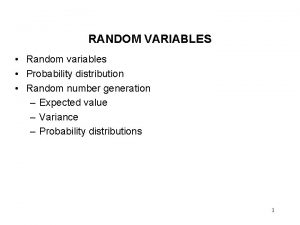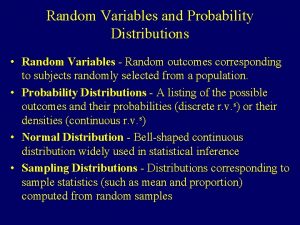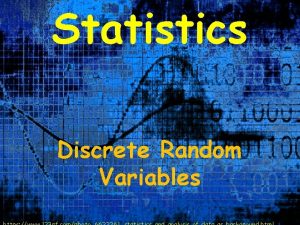Chapter 13 Random Utility Models This chapter covers





































- Slides: 37

Chapter 13 Random Utility Models This chapter covers choice models applicable where the consumer must pick one brand out of J brands. The sequence we will go through includes q Terminology q Aggregate Data and Weighted Least Squares q Disaggregate Data and Maximum Likelihood q Three or More Brands q A Model for Transportation Mode Choice q Other Choice Models q Patterns of Competition Mathematical Marketing Slide 13. 1 Random Utility Models

Key Terminology q Dichotomous dependent variable q Polytomous dependent variable q Income type independent variable and the polytomous logit model. q Price type independent variable and the conditional logit model. q Aggregate data q Disaggregate dat Mathematical Marketing Slide 13. 2 Random Utility Models

A Dichotomous Dependent Variable We define According to the regression model yi = 0 + xi 1 + ei Mathematical Marketing Slide 13. 3 Random Utility Models

How Do Choice Probabilities Fit In? From the definition of Expectation of a Discrete Variable Mathematical Marketing Slide 13. 4 Random Utility Models

Two Requirements for a Probability Logical Consistency Sum Constraint Mathematical Marketing Slide 13. 5 Random Utility Models

A Requirement for Regression V(e) = 2 I Gauss-Markov Assumption Two possibilities exist V(ei) = E[ei – E(ei)]2 Since E(ei) = 0 by the Definition of E( ) Mathematical Marketing Slide 13. 6 Random Utility Models

Heteroskedasticity Rears It’s Head Note that the subscript i appears on the right hand side! Mathematical Marketing Slide 13. 7 Random Utility Models

Two Fixes Linear Probability Model Probit Model Mathematical Marketing Slide 13. 8 Random Utility Models

The Logit Model Is A Third Option Mathematical Marketing Slide 13. 9 Random Utility Models

The Expression for Not Buying where ui = 0 + xi 1 Mathematical Marketing Slide 13. 10 Random Utility Models

The Logit Is a Special Case of Bell, Keeney and Little’s (1975) Market Share Theorem For J = 2 and the logit model, ai 1 = and ai 2 = 1 Mathematical Marketing Slide 13. 11 Random Utility Models

My Share of the Market Is My Share of the Attraction where a 1 is a function of Marketing Variables brought to bear on behalf of brand 1 Mathematical Marketing Slide 13. 12 Random Utility Models

The Story of the Blue Bus and the Red Bus Imagine a market with two players: the Yellow Cab Company and the Blue Bus Company. These two companies split the market 50: 50. Now a third competitor shows up: The Red Bus Company. What will the shares be of the three companies now? Mathematical Marketing Slide 13. 13 Random Utility Models

The Model Can Be Linearized for Least Squares Mathematical Marketing Slide 13. 14 Random Utility Models

Aggregate Data and Weighted Least Squares Response Populati on 1 2 … i … N Mathematical Marketing Yes (yi = 1) No (yi = 0) f 11 f 12 f 21 f 22 … … fi 1 fi 2 … … f. N 1 f. N 2 x x 1 x 2 … xi … x. N Slide 13. 15 Random Utility Models

Some Definitions ni = fi 1 + fi 2 pi 1 = fi 1 / ni Mathematical Marketing Slide 13. 16 Random Utility Models

Assumptions About Error Mathematical Marketing Slide 13. 17 Random Utility Models

Weighted Least Squares: Scalar Presentation Mathematical Marketing Slide 13. 18 Random Utility Models

Weighted Least Squares: Matrix Presentation Mathematical Marketing Slide 13. 19 Random Utility Models

The Model Expressed in Matrix Terms Mathematical Marketing Slide 13. 20 Random Utility Models

Putting the Weights in Weighted Least Squares Mathematical Marketing Slide 13. 21 Random Utility Models

Minimizing f leads to the WLS Estimator Mathematical Marketing Slide 13. 22 Random Utility Models

The Variance of the WLS Estimator So this allows us to test hypotheses of the form H 0: a - c = 0 Mathematical Marketing Slide 13. 23 Random Utility Models

Multiple DF Tests Under WLS H 0: A - c = 0 Mathematical Marketing Slide 13. 24 Random Utility Models

ML Estimation of the Logit Model Two equivalent ways of writing the likelihood We will use the left one, but isn't the right one clever? Mathematical Marketing Slide 13. 25 Random Utility Models

Likelihood Derivations These first order conditions must be met: Mathematical Marketing Slide 13. 26 Random Utility Models

Second Order ML Conditions When arranged in a matrix, the second order derivatives are called the Hessian. Minus the expectation of the Hessian is called the Information Matrix. Mathematical Marketing Slide 13. 27 Random Utility Models

Three Choice Options pi 1 + pi 2 + pi 3 = 1 Mathematical Marketing Slide 13. 28 Random Utility Models

Multinomial Logit Model the above model is a special case of the Fundamental Theorem of Marketing Share Mathematical Marketing Slide 13. 29 Random Utility Models

The Likelihood for the MNL Model Mathematical Marketing Slide 13. 30 Random Utility Models

Classic Example Ii Income of household i Cost (price) of alternative j for household i Mathematical Marketing CAVi Cars per driver for household i BTRi Bus transfers required for member of household i to get to work via the bus Slide 13. 31 Random Utility Models

MNL Example Model Mathematical Marketing Slide 13. 32 Random Utility Models

GLS Estimation of the Transportation Example Mathematical Marketing Slide 13. 33 Random Utility Models

Other Choice Models Simple Effects Differential Effects Fully Extended MNL MCI Mathematical Marketing Slide 13. 34 Random Utility Models

Share Elasticity or Mathematical Marketing Slide 13. 35 Random Utility Models

The Derivative Looks Like Here we have used the following two rules: dea/da = ea Mathematical Marketing Slide 13. 36 Random Utility Models

The Elasticity for the Simple Effects MNL Model Putting the derivative back into the expression for the elasticity yields: Mathematical Marketing Slide 13. 37 Random Utility Models
 Ordinal utility
Ordinal utility Relation between marginal utility and total utility
Relation between marginal utility and total utility Random assignment vs random sampling
Random assignment vs random sampling Random assignment vs random selection
Random assignment vs random selection Modals and semimodals
Modals and semimodals What numeracy covers
What numeracy covers It is a movable plate that covers the shuttle
It is a movable plate that covers the shuttle Heart membranes
Heart membranes How much water is there on earth
How much water is there on earth Magazine covers design
Magazine covers design Companion diagnostic
Companion diagnostic How is water distributed in the hydrosphere
How is water distributed in the hydrosphere Hatchet by gary paulsen book cover
Hatchet by gary paulsen book cover An ecosystem in which water either covers the soil
An ecosystem in which water either covers the soil Methods for salvage covers
Methods for salvage covers Dvd analysis
Dvd analysis What covers the trachea when swallowing
What covers the trachea when swallowing Which layer in the osi model covers http, ftp, and rdc?
Which layer in the osi model covers http, ftp, and rdc? Purpose of magazine covers
Purpose of magazine covers Spinal cover
Spinal cover The laughing wind skipped through the village
The laughing wind skipped through the village Blood covers sin
Blood covers sin Robinson crusoe book covers
Robinson crusoe book covers Kerri donaldson
Kerri donaldson Magazine front cover conventions
Magazine front cover conventions What is the purpose of magazine cover
What is the purpose of magazine cover What are the three main types of body membranes
What are the three main types of body membranes Water covers approximately
Water covers approximately Rntcp covers the whole country since
Rntcp covers the whole country since Annie wang photographer
Annie wang photographer Reflection
Reflection Business plan title page
Business plan title page Primary succession
Primary succession Water covers about
Water covers about A thin fold of skin that covers and protects the human eye
A thin fold of skin that covers and protects the human eye Medicare part d covers
Medicare part d covers Rmsa logo
Rmsa logo Oolab
Oolab
